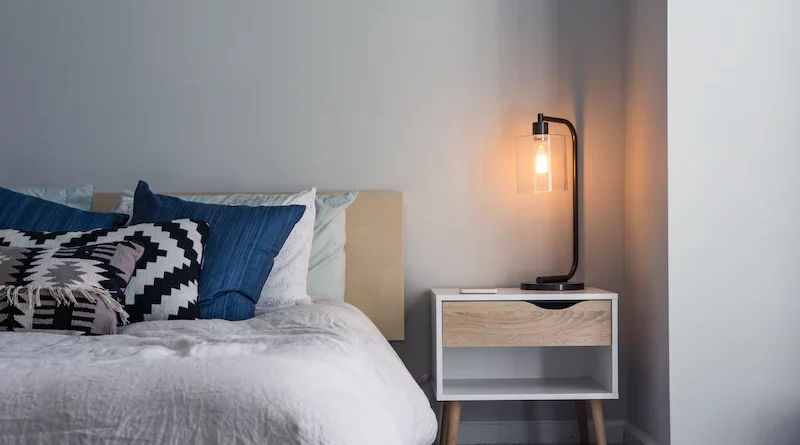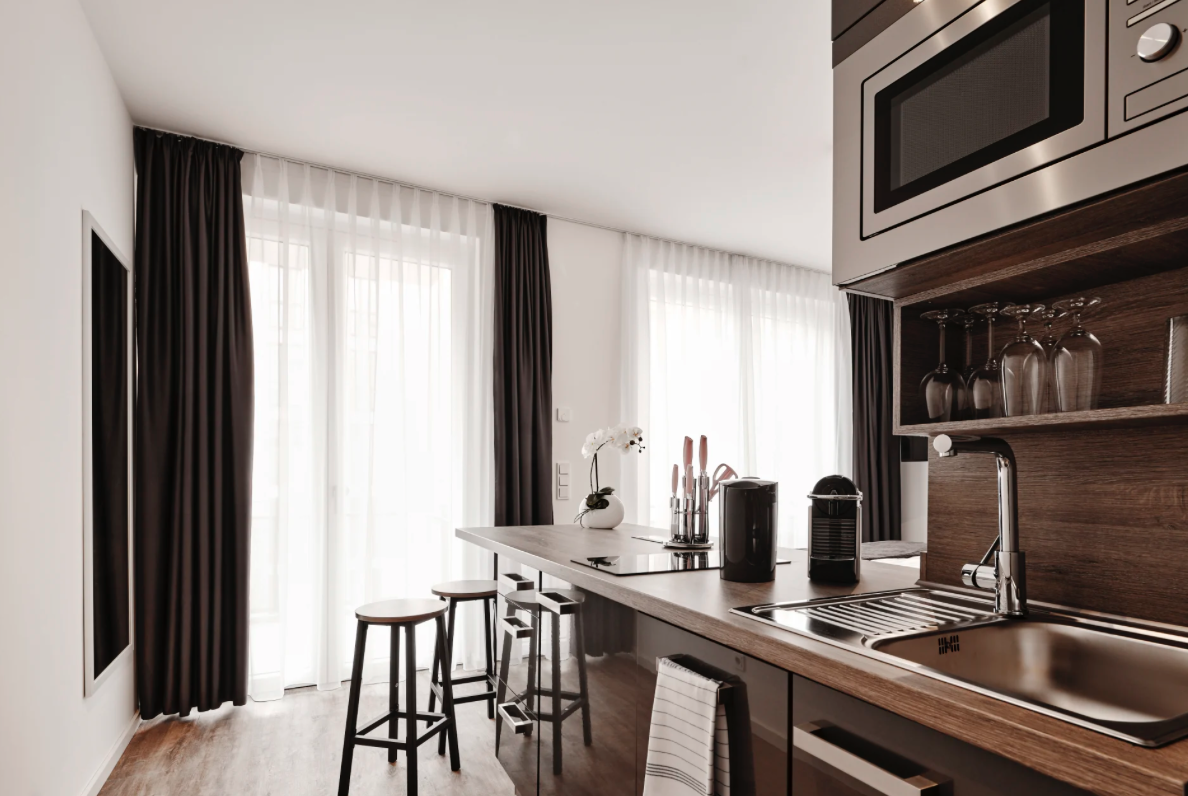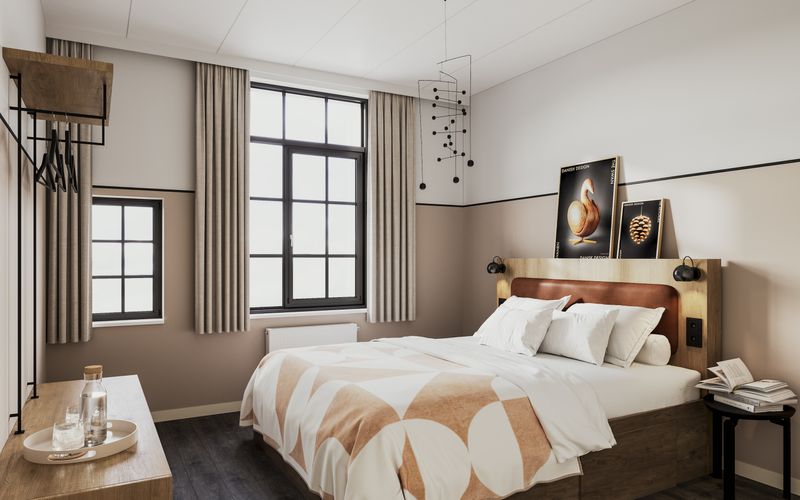Robert Fryers, co-founder and CEO of Spotta, shares some practical advice on how accommodation providers can best prevent bed bugs and manage infestations.
Over the last few months, we’ve all seen the furore around bed bugs in the media and the explosion into the public perception that went with it. This is an issue that’s on the mind of every traveller in the world at the moment, which means that guests are hyper-aware of what we in the industry are doing about it.
At Spotta we monitor many thousand rooms across the globe for bed bugs and have protected millions of room-nights. That means we’re in a unique place to see the underlying trends and separate the facts from the fiction. Using our data, we can provide insights to identify where it is coming from and what can be done about it.
What is happening? And will it continue in the future?
The question I’ve been asked a lot in the last few months is whether the crisis is real, or is it just a media storm? The truth is that it’s a little bit of both. Looking back over the last decade it’s very clear that bed bugs have been on the rise year-on-year. Numbers in hotels obviously dropped back during the pandemic but the long-term trend is very clear. That trend is not going to stop.
Why is it happening?
We always see a rise in Europe aligned to the summer tourist season, with a peak around September. This is because bed bugs are hitchhikers. They travel on people’s clothes and in their bags. Hotels that cater to large numbers of international travellers and have short stays and high turnover, such as airport and inner-city hotels, are most at risk. The absence of that sort of travel is why we saw much lower levels during Covid. Now that international travel is back up to its normal level, we’re seeing a big increase in the numbers. Paris and London are two of the biggest destination cities in the world and that means they will get hit harder than anywhere else.
On top of that, this year we saw very warm weather (which the bugs love), and this meant a bigger number of infestations. This then reached a critical mass and led to national and international headlines. At that point, the public perception is that the bugs are everywhere and guests are on the lookout for anything that even remotely resembles a bed bug.
This leaves the hotel industry in a difficult place, because there is no way to prevent bugs from arriving in your property. So, the questions that a lot of accommodation providers are asking now are:
1) How do I find and deal with bed bugs before my guests get bitten?
2) How do I put my guests at ease?
How do you prevent bed bugs? What are the options currently available, and do they work?
On the first question there are a number of options. Some properties have had reasonable levels of success by extensively training staff and really making sure their housekeepers have the time and the skills to properly inspect the room for bed bugs. If done well this can be very effective but it’s time consuming and expensive. The fundamental challenge here is that your housekeepers will be in a room for a few minutes, in the daytime. Your guest is in the room for hours, at night time. Bed bugs are only active at night, so it’s clear who has the higher probability of finding them.
Another option that some properties have engaged are the use of sniffer dogs. Sniffer dogs are great, and they can do a really good job of finding bed bugs when they’re in the room. The problem is that you can only have them visit the room very occasionally. If bed bugs are introduced by the next guest after an inspection then you’re out of luck. The chance that future guests won’t see bed bugs until the next time the dog team visits in several months is basically nil.
A third option is the use of smart monitoring devices which will monitor continuously in a room. These can be a little more expensive than the other methods but they’re the only way to give you protection all of the time and prevent problems from growing. They are also a great tool to reassure anxious guests who might be concerned about bed bugs and ask what measures you have in place, which is something we see increasingly often.
What to look out for?
Whichever route you go for we would always recommend that staff are advised on what to look for as the early warning signs for bed bugs. The number one sign is dark spots, between one and five millimetres in size on bed sheets and mattresses, particularly around seams.
What to do when you first become aware of bed bugs?
When you do discover signs of bed bugs the first thing to do is to immediately take that room out of service and inspect it. Many of the hotels with well-established protocols will also take the rooms either side, above/below, and across the hallway out of service at the same time. Speed is of the essence here, infestations are easy to treat if caught early but can be difficult to contain if they are allowed to grow. This is another advantage of using an early-warning technology.
We would always recommend bringing in a professional pest control company to inspect the rooms and treat if necessary. The hotels where we have seen the worst bed bug problems were ones that weren’t using effective methods or technologies for early warning, and then attempted to manage treatment themselves.










